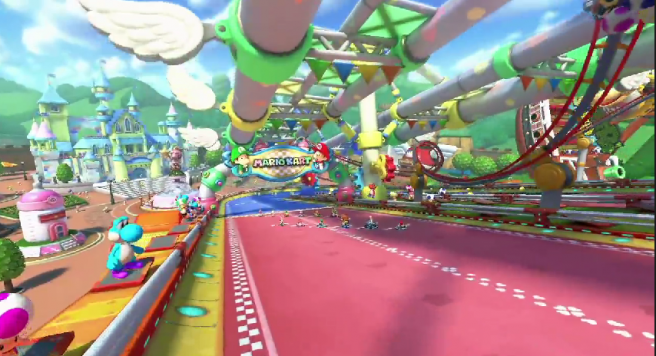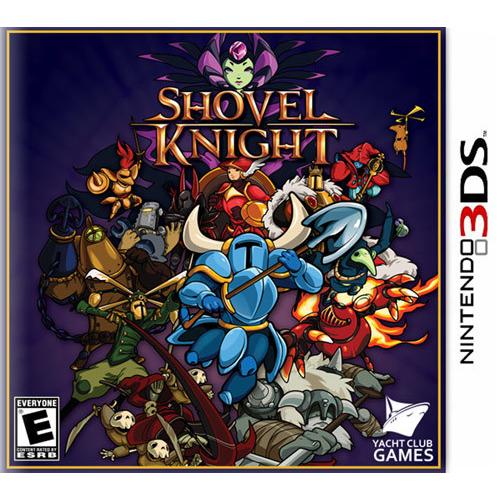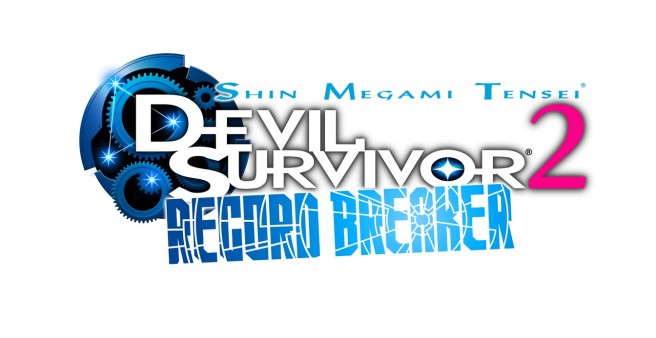New Mario Kart 8 DLC courses revealed – Baby Park and more
Posted on 10 years ago by Brian(@NE_Brian) in News, Wii U | 54 Comments
Nintendo has revealed the full set of courses coming to Mario Kart 8’s next DLC pack. Baby Park (GameCube), Ribbon Road (GBA), Neo Bowser City (3DS), and Cheese Land (GBA) are the returning courses. Nature Road, Big Blue, Lingling Metro, and Animal Crossing are the new ones.
Check out the full set of videos for the new DLC below.
More: DLC, Mario Kart 8, top
Update: Yacht Club says it’s a “mis-listing” – Shovel Knight coming to retail
Posted on 10 years ago by Brian(@NE_Brian) in 3DS, News | 12 Comments
Update: Here’s what Yacht Club is saying about the situation:
Physical release of Shovel Knight would be cool! And we're still looking into that! Any retail details are just a mis-listing at this time.
— Yacht Club Games (@YachtClubGames) April 14, 2015
I’m not really too sure what to make of that. Best Buy isn’t one to make mistakes, and we even have the boxart, so… I still think this is going to happen. We’ll see. If we hear anything either way, it’ll be right here on the site.
New product listings on Best Buy’s website reveals that Shovel Knight is seeing a physical release at retail.
Entries for 3DS, PlayStation 4, and Xbox One versions have been spotted. At the moment, it’s unclear if the Wii U version will be receiving the same treatment.
Based on Best Buy’s listings, Shovel Knight’s physical version will cost $29.99. It’s tentatively slated for September 15.
More: Shovel Knight, top, Yacht Club Games
Update: Etrian Odyssey 2 Untold in early 2016 – Devil Survivor 2: Record Breaker, Etrian Mystery Dungeon launching in Europe this fall
Posted on 10 years ago by Brian(@NE_Brian) in 3DS, News | 2 Comments
Update: Etrian Odyssey 2 Untold: The Fafnir Knight has also been confirmed for early 2016 in Europe.
Devil Survivor 2: Record Breaker and Etrian Mystery Dungeon are coming to Europe, courtesy of NIS America. The publisher has announced that both games are launching this fall. In addition to the expected eShop release, Devil Survivor 2: Record Breaker and Etrian Mystery Dungeon will also be distributed in stores.
European trailers for the two titles are posted below.
Source: NIS America PR
3D Streets of Rage 2, 3D Gunstar Heroes, 3D Sonic The Hedgehog 2 heading west this summer
Posted on 10 years ago by Brian(@NE_Brian) in 3DS eShop, News | 7 Comments
ValueError thrown
Path cannot be empty



